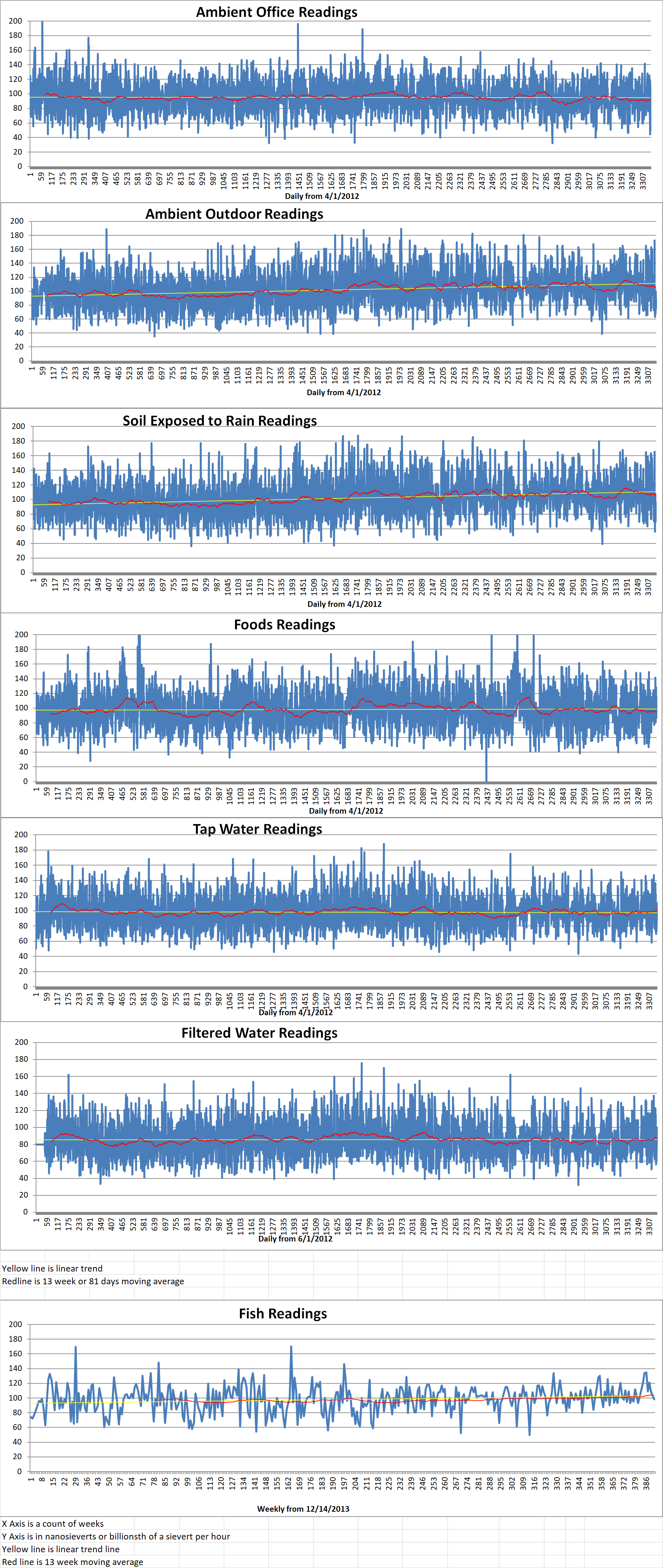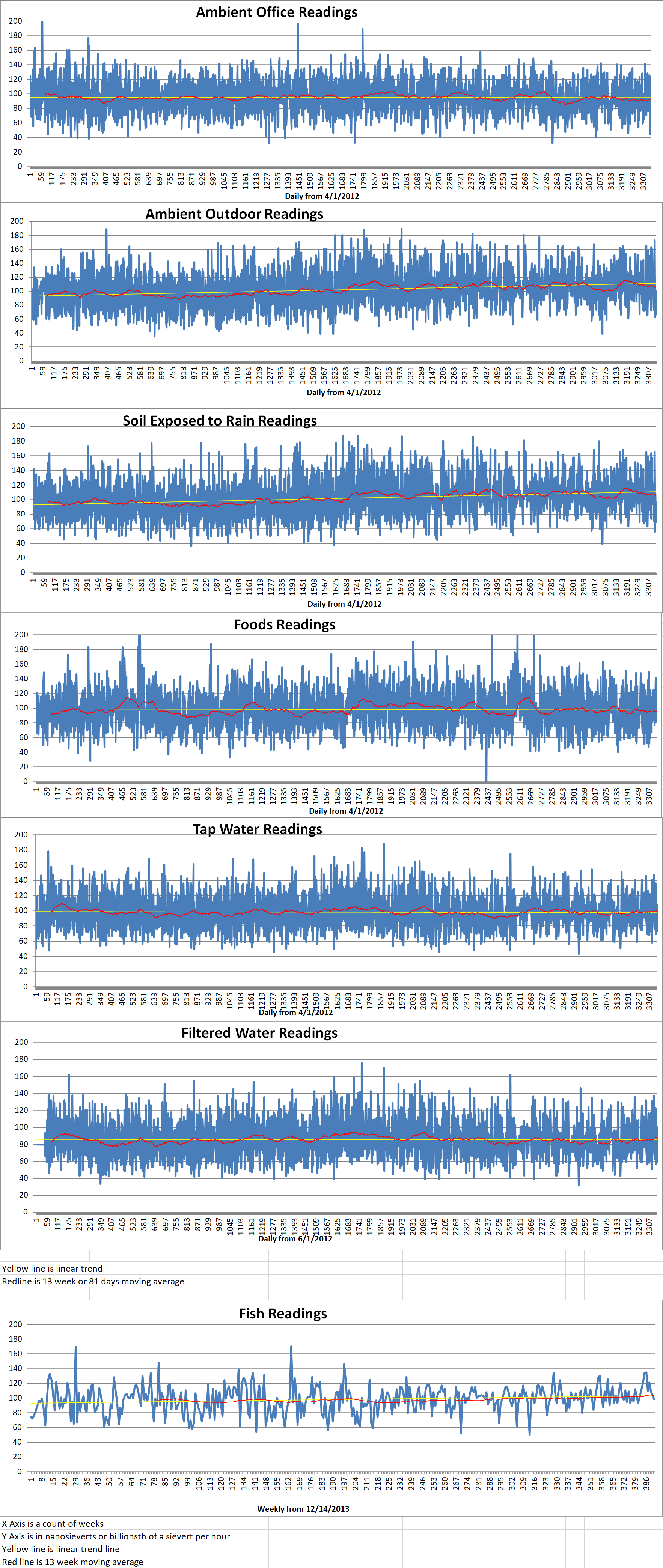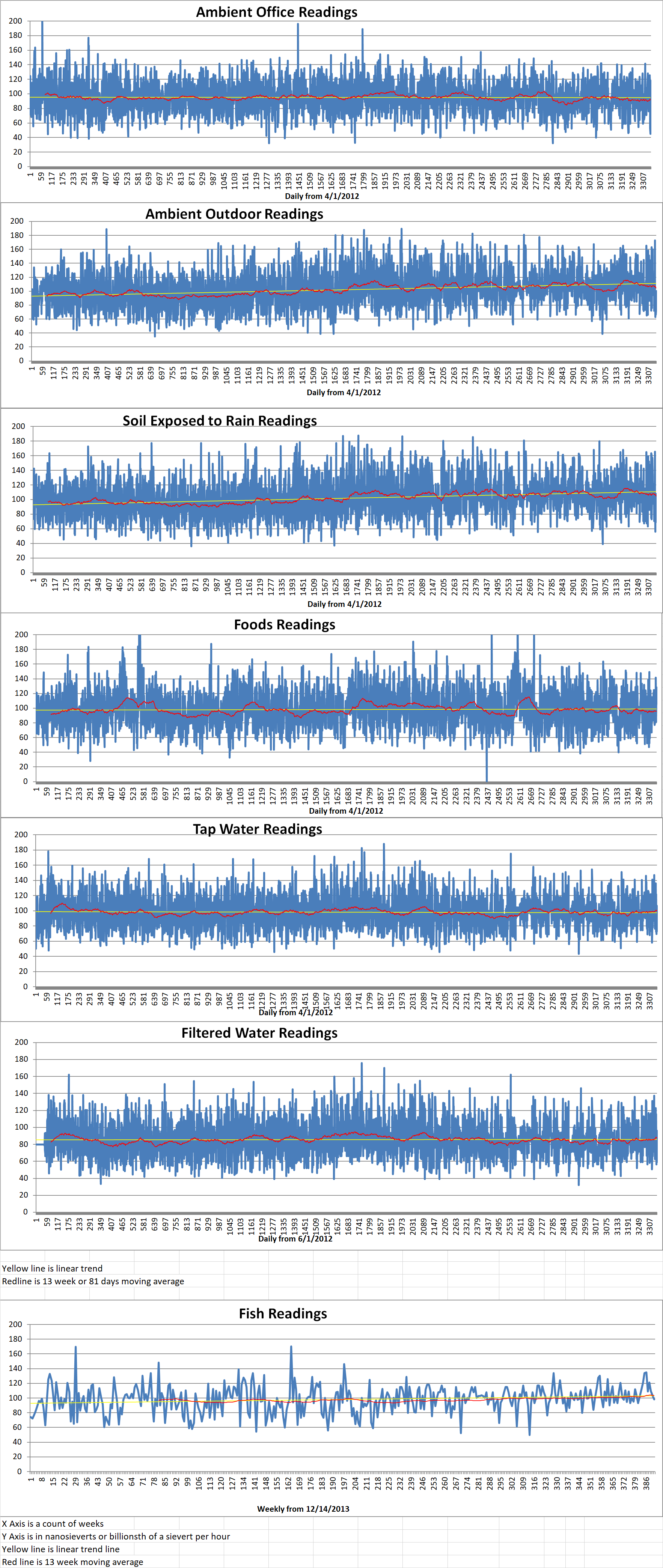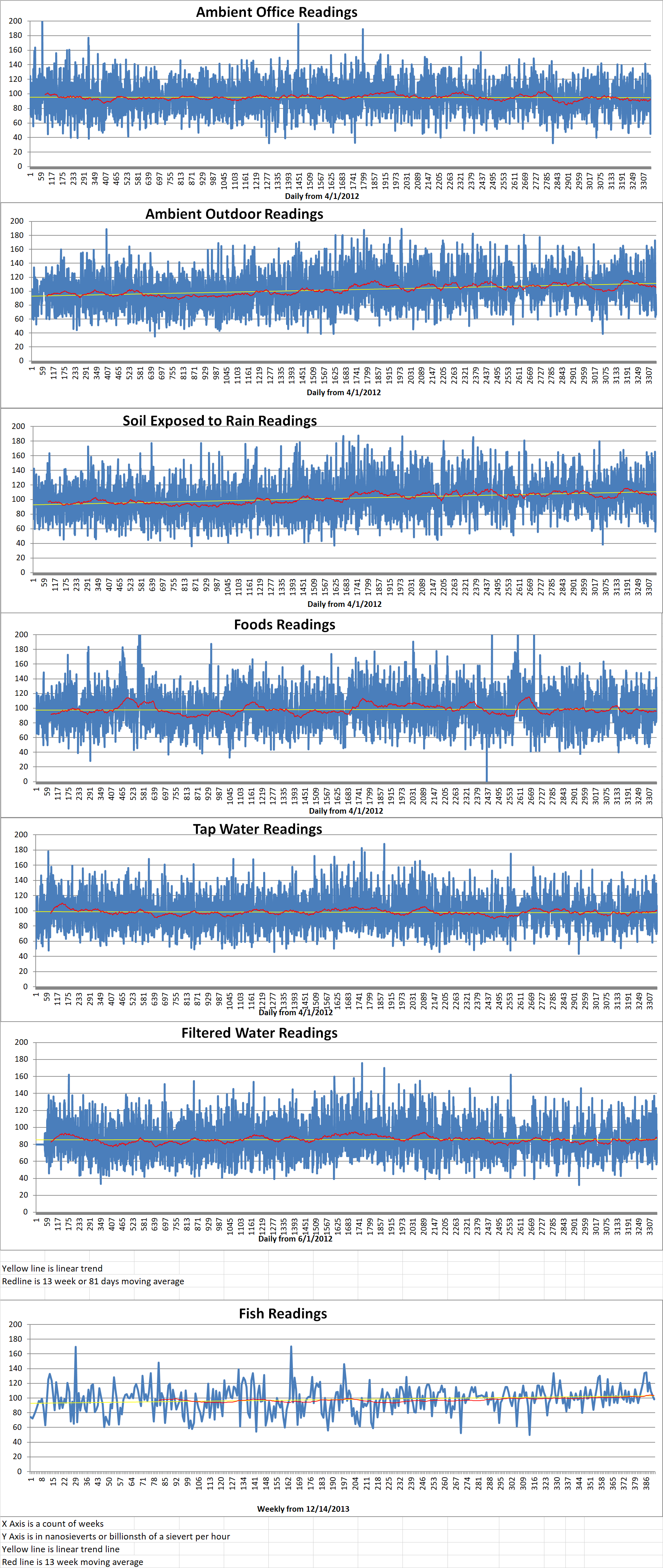Part 1 of 4 Parts
President Joe Biden strongly supports nuclear power. Some say he is the most pro-nuclear-energy president to ever hold the office. During his campaign, Biden spoke about the need for nuclear energy as a carbon-free energy source to help fight climate change. After taking office, Biden proposed a budget with a record one hundred eighty-five billion dollars for the U.S. Department of Energy’s (DoE) Office of Nuclear Energy (ONE). However, many members of the nuclear industry believe that even though Biden’s proposal exceeds any previous allocation for the ONE, it may not be enough to keep the U.S. fleet of commercial power reactors afloat. Their concerns would still be a problem even if progress in new technologies manage to make nuclear energy both cheaper and safer.
Some of the most prominent new reactor designs require a fuel which currently has no commercial supply chain. Building such a supply chain could take years and enormous political will according to both reactor developers and nuclear fuel supply companies.
The nuclear industry has seen massive cost overruns in the construction of the current generation of reactors as well as long construction delays. This has had a massive negative impact on the construction of and investment in current reactor models to the point where there is currently only one new nuclear power plant under construction in the U.S.
The nuclear industry hopes that salvation lies in a new generation of advanced reactor designs which includes everything from smaller versions of conventional light water reactors to designs that do not use water at all for cooling. These include using such things as helium or molten salts for cooling the reactor cores. This new generation of reactors has the potential to help achieve decarbonization goals by supplanting fossil fuel plants. These new plants could generation clean hydrogen for fuel and provide base load power to support intermittent renewable power. There are a few companies which are developing reactor designs and targeting their deployment of first commercial demonstration projects during the next decade.
Both the Trump and Biden administrations have supported research and development of advanced reactors. Congress has passed legislation that is intended to streamline the regulatory path for advanced reactors. The Nuclear Energy Institute (NEI) is the primary trade association for the nuclear industry. They argue that if advanced reactors have any hope of succeeding, the federal government needs to do a great deal more to create a domestic market for this advanced reactor fuel.
Maria Korsnick is the NEI President and CEO. She said in a 2020 letter that she sent to the U.S. Secretary of Energy at the time. In the letter, she said that “The commercialization of many advanced nuclear technologies is in jeopardy.” The biggest policy change advocated by the NEI is for the federal government to sign a contract with a nuclear fuel supplier to essentially create a whole new market which will not be a simple proposition. A lot of pieces will have to be put in place to make this possible.
Please read Part 2 next
Blog
-

Nuclear Reactors 941 – A New Nuclear Fuel Needed For Next Generation Nuclear Reactors Has No Supply Chain – Part 1 of 4 Parts
-
Nuclear News Roundup Aug 31, 2021
South Africa’s energy regulator back new build neimagazine.com
Failed nuclear contractor signs $21M deal, working with feds abcnews.com
France Tells Iran to Return to Nuclear Deal Talks Immediately usnews.com
CAES unveils new laboratory featuring nuclear power plant control room simulator localnews8.com
-

Geiger Readings for Aug 31, 2021
Ambient office = 50 nanosieverts per hour
Ambient outside = 89 nanosieverts per hour
Soil exposed to rain water = 93 nanosieverts per hour
Avocado from Central Market = 111 nanosieverts per hour
Tap water = 110 nanosieverts per hour
Filter water = 95 nanosieverts per hour
-

Radioactive Waste 817 – Samantha Gateman Joins Research Team At Western University To Work On Preventing Corrosion In Dry Casks
The temporary storage of spent nuclear fuel in special steel and concrete drums called dry casks is necessary because there are only a few experimental facilities for permanent geological storage of the spent fuel which is piling up onsite at nuclear power plants. I recently posted an article about a new research program at Western University in Canada which is exploring corrosion processes on the surface of dry casks with the intent of improving the corrosion resistance of the casks.
Samantha Gateman is an award-winning electrochemist and the new chair of the radiation-included chemistry at Western. Her research will be funded through a new one million one hundred-thousand-dollar grant from the Canadian Nuclear Waste Management Organization (NWMO).
Gateman’s arrival at Western will expand the strong team at the university of chemists, physicists and engineering researchers who are acknowledged leaders in testing solutions to the problem of long term storage of spent nuclear fuel. Gateman is currently at the Sorbonne University in France. She will begin her work at Western in January 2022.
Gateman specializes in predicting and measuring electrochemical processes that cause corrosion at very small length scales. She researches ways to prevent these types of corrosion degradation. Her work is critical as the world struggles to manage its stockpiles of spent nuclear fuel. The spent fuel must be safely stored with multiple layers of security for thousands of years to protect it from corrosion, seepage or radiation leaks.
Gateman’s research is unique. She has constructed miniature probes that are able to gauge electrochemical reactions at a microscopic level. One way of expressing her work is to say that she manufactures and measures corrosion on metal surfaces. She studies how the structure of the surface of a metal at a micro-and-nano-scale affects the initiation of corrosion in order to predict where. when and how corrosion will take place.
Gateman explained, “Metals may look uniform when you look at them with your naked eye, but when you place that metal under a microscope, you’ll see that they’re quite heterogeneous and this can dictate the way that the material will corrode.”
Gateman has applied her special methods of detecting and preventing corrosion in thermal spray coatings on large turbines in hydroelectric generators in Quebec. By applying a similar approach to nuclear waste research, she hopes to be able to identify how impurities in the dry casks’ cold-spray copper coating could influence their corrosion as well as how to minimize these impurities by changing the coating-fabrication parameters.
Gateman’s research will fill a gap in comprehending the lifespan of these coatings and mitigating the potential degradation that might occur. The intended result will be long-lasting storage of spent nuclear fuel and safety for people and the planetary environment.
Gateman said, “I’m passionate about the environment …and really happy to be working on this project to ensure the safety of the future generations of Canadians and make sure that we have enough energy for everyone for years to come. The reason I’m drawn to corrosion science is because it’s directly applicable and relevant, and this keeps my goals very focused.” -
Nuclear News Roundup Aug 30, 2021
Iran nuclear talks return may be months away: Minister argusmedia.com
Russia, U.S. to Hold Talks on Nuclear Strategic Stability Next Month – Ifax usnews.com
Exec charged in failed South Carolina nuclear project pleads not guilty Canada,.constructconnect.com
Slovenia considers deep borehole disposal world-nuclear-news.org
-

Geiger Readings for Aug 30, 2021
Ambient office = 62 nanosieverts per hour
Ambient outside = 76 nanosieverts per hour
Soil exposed to rain water = 74 nanosieverts per hour
Watermelon from Central Market = 87 nanosieverts per hour
Tap water = 108 nanosieverts per hour
Filter water = 100 nanosieverts per hour
-
Nuclear News Roundup Aug 29, 2021
Judge rules for TVA in nuclear sale, utility to give refund wreg.com
Failed nuclear contractor signs $21M deal, working with feds abcnews.com
Second Barakah unit starts up world-nuclear-news.org
Scanner saves time for Atommash world-nuclear-news.org
-

Geiger Readings for Aug 29, 2021
Ambient office = 100 nanosieverts per hour
Ambient outside = 100 nanosieverts per hour
Soil exposed to rain water = 97 nanosieverts per hour
English cucumber from Central Market = 115 nanosieverts per hour
Tap water = 98 nanosieverts per hour
Filter water = 86 nanosieverts per hour
-
Nuclear News Roundup Aug 28, 2021
Decommissioning progresses apace at Oyster Creek and Pilgrim world-nuclear-news.org
Renewed activity at N Korea nuclear reactor ‘troubling’ taipeitimes.com
Kazatomprom considers making purchases to rebuild inventory world-nuclear-news.org
Ida Updates: Nuclear plant loses offsite electrical power lasvegassun.com
-

Geiger Readings for Aug 28, 2021
Ambient office = 119 nanosieverts per hour
Ambient outside = 74 nanosieverts per hour
Soil exposed to rain water = 70 nanosieverts per hour
Blueberry from Central Market = 106 nanosieverts per hour
Tap water = 73 nanosieverts per hour
Filter water = 59 nanosieverts per hour
Dover sole – Caught in USA = 119 nanosieverts per hour
